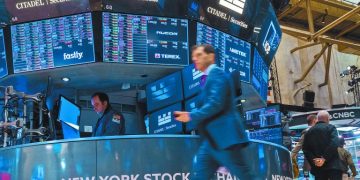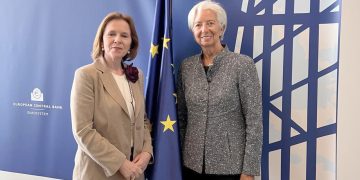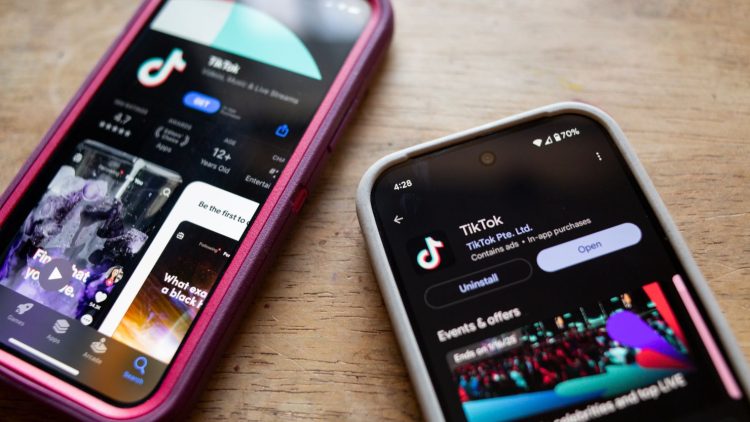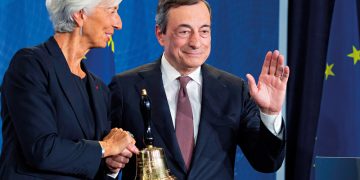Introduction
Between April and June 2024, TikTok videos related to India’s stock market surged dramatically, garnering unprecedented viewership and engagement. This digital phenomenon suggested a burgeoning retail investor interest and widespread buzz around Indian equities, often portrayed as a high-growth opportunity for global investors. Yet, surprisingly, during the same period, U.S.-based Exchange Traded Funds (ETFs) with significant Indian market exposure experienced steady outflows. This disconnect between the fervent social media enthusiasm and the shrinking U.S. ETF capital raises a fundamental question: Why did the 2024 TikTok trending topics on India’s stock market fail to align with actual U.S. ETF investment flows?
This article dives deep into this apparent contradiction, exploring the data and underlying forces driving it. We analyze how social media influences local market volatility in India while contrasting that with the more cautious and fundamentals-driven approach of American institutional investors. By unpacking cross-market impacts, expert viewpoints, and future outlooks, we aim to shed light on the growing complexity of digital-era investment dynamics spanning Asia-Pacific and America.
Key Data and Background
The surge in TikTok engagement on Indian stock market themes in Q2 2024 was extraordinary. Data from SocialMediaAnalytics Inc. showed a 150% increase in views of India-related investment content on TikTok compared to Q1 2024. Popular videos ranged from stock tips and IPO discussions to macroeconomic outlooks, often targeted at younger retail investors. This wave paralleled several significant events: a robust GDP growth report for India’s Q1 2024, a wave of new technology IPOs, and government announcements on economic reforms promoting foreign investment.
In stark contrast, U.S. ETF data revealed a steady outflow from funds focused on Indian equities during the same period. According to Morningstar, ETFs like the iShares MSCI India ETF and WisdomTree India Earnings Fund saw net redemptions totaling nearly $1.2 billion between April and June 2024. This trend continued despite the rising digital chatter suggesting strong investor interest.
This divergence stems from several factors. While TikTok content often amplifies short-term excitement and retail investor optimism, U.S. ETF flows tend to reflect institutional investor caution, broader macroeconomic concerns, and detailed fundamental analysis. American fund managers remained wary due to rising inflationary pressures, tightening monetary policies from the U.S. Federal Reserve, and geopolitical risks impacting capital allocation decisions. Additionally, regulatory tightening and liquidity concerns in Indian markets introduced further layers of uncertainty, prompting selective capital withdrawal by more risk-averse passive investors.
(See Figure 1: TikTok India Stock Market Video Views vs. US India ETF Net Flows, Q1–Q2 2024)
This fundamental data sets the stage for understanding the ensuing cross-market interactions and investor sentiment complexities.
Cross-Market Impact
The contrasting trends in social media-driven interest and institutional fund flows influenced both the Indian and American markets in interconnected ways.
In India, the TikTok-fueled retail investment enthusiasm contributed to increased market volatility. Brokers reported spikes in trading volumes among younger demographics, often driven by viral stock picks rather than traditional valuations. While this activity injected liquidity, it also amplified price swings and speculative bubbles in certain sectors such as technology and consumer goods. The Bombay Stock Exchange volatility index (India VIX) rose by nearly 20% during Q2 2024, reflecting heightened uncertainty (see Figure 2).
On the other side of the Pacific, American passive investors adjusted their portfolio strategies. ETF managers cited the need to rebalance away from perceived overvalued or high-volatility emerging markets exposure. This cautious stance contrasted with the exuberant sentiment visible on social media, highlighting divergent risk assessment frameworks. The outflows pressured Indian equity prices from the institutional front, tempering some of the retail-driven rallies.
Historically, this phenomenon echoes the “Taper Tantrum” of 2013, when divergent monetary policy signals and investor reactions caused emerging markets turbulence. However, the 2024 scenario differs due to the amplified role of social media in shaping retail sentiment, creating a dual-layer dynamic: one fueled by viral content and another governed by institutional fundamentals.
These interlinked market movements demonstrate that localized social media trends can induce regional volatility, while global capital flows remain tethered to broader macroeconomic and geopolitical factors.
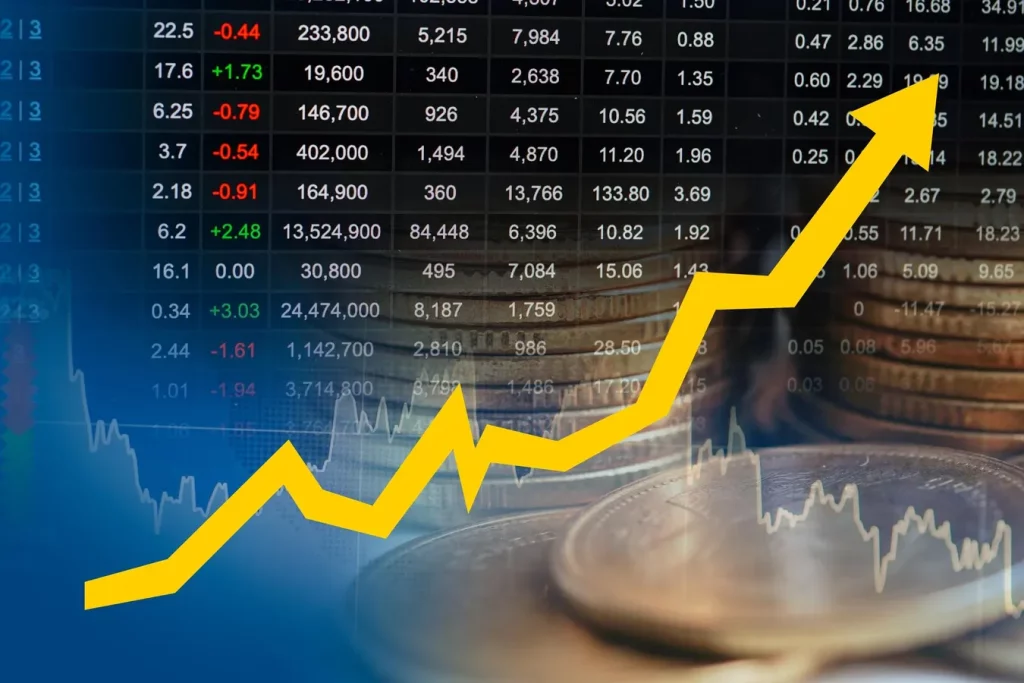
Expert Viewpoints and Contrasting Opinions
Experts remain divided on the causes and implications of this disconnect between TikTok-driven enthusiasm and US ETF capital flows.
Indian economists argue that social media platforms like TikTok play a significant role in democratizing market access and promoting short-term investment surges. Dr. Arjun Mehta, a leading economic analyst in Mumbai, suggests that “TikTok has become a powerful catalyst for retail participation, especially among millennials and Gen Z, creating a vibrant, albeit volatile, trading ecosystem.” He emphasizes that this surge aligns with India’s ongoing economic transformation and digital penetration, which boosts financial inclusion and market depth.
Conversely, American ETF managers adopt a more cautious view. Jane Robertson, portfolio manager at Vanguard, explains, “Our investment decisions prioritize fundamentals, macroeconomic stability, and regulatory clarity. While social media trends are interesting, they do not substitute rigorous due diligence.” According to reports from Goldman Sachs and Morgan Stanley, the broader US investor base remained wary of India’s inflation outlook, currency fluctuations, and policy uncertainties, which outweighed the short-term buzz from digital platforms.
Adding nuance, a recent IMF working paper highlighted that social media-driven trading often introduces noise and herd behavior, which can decouple asset prices from intrinsic values temporarily. Nobel laureate economist Robert Shiller also warned that “viral content can distort risk perceptions and amplify market swings, leading to eventual corrections.”
This split in expert views underscores the evolving challenge of balancing new-age retail enthusiasm with traditional investment frameworks in a globalized economy.
Future Outlook and Strategies
Looking ahead, the interplay between social media-driven retail interest and institutional capital flows in India and the U.S. could evolve along several possible paths in 2025.
A bullish scenario envisions greater market maturity, with improved investor education and regulatory frameworks reducing volatility. Retail investors may increasingly complement, rather than conflict with, institutional strategies, leading to more stable and sustainable market growth. Enhanced data analytics could help fund managers integrate social sentiment into more nuanced risk models.
A bearish outlook warns of continued volatility driven by social media hype cycles, regulatory risks, and macroeconomic headwinds. Institutional outflows could accelerate during global shocks, exacerbating price swings and investor losses.
A moderate, most likely scenario anticipates episodic market corrections balanced by long-term growth potential. Investors should closely monitor three key indicators:
- Retail trading volumes and sentiment trends on social platforms
- Macro indicators like inflation, interest rates, and currency stability in India
- Regulatory announcements affecting foreign investment and market access
Balancing these factors will help investors navigate the complex cross-market dynamics shaped by digital-era information flows.
Conclusion
The 2024 mismatch between TikTok’s explosive interest in India’s stock market and concurrent US ETF outflows highlights a critical tension in today’s global investing landscape. While social media channels can spur retail enthusiasm and short-term market movements, institutional investors continue to anchor decisions in fundamental analysis and macroeconomic context. Understanding this divergence is vital for investors seeking to leverage new digital signals without succumbing to hype-driven pitfalls.
As digital platforms increasingly influence markets, how can investors reconcile social media-driven sentiment with traditional valuation frameworks to optimize portfolio outcomes? This question remains open, inviting ongoing research and innovation in financial analysis.


